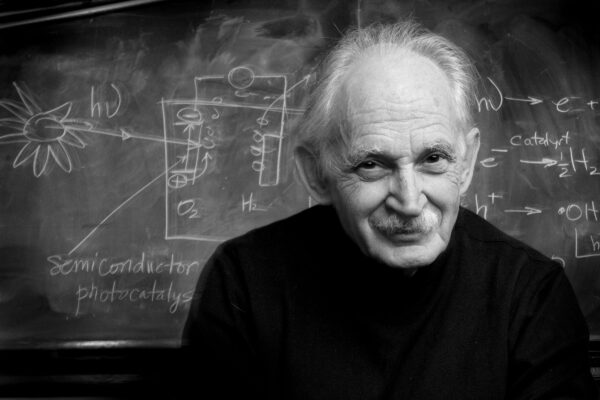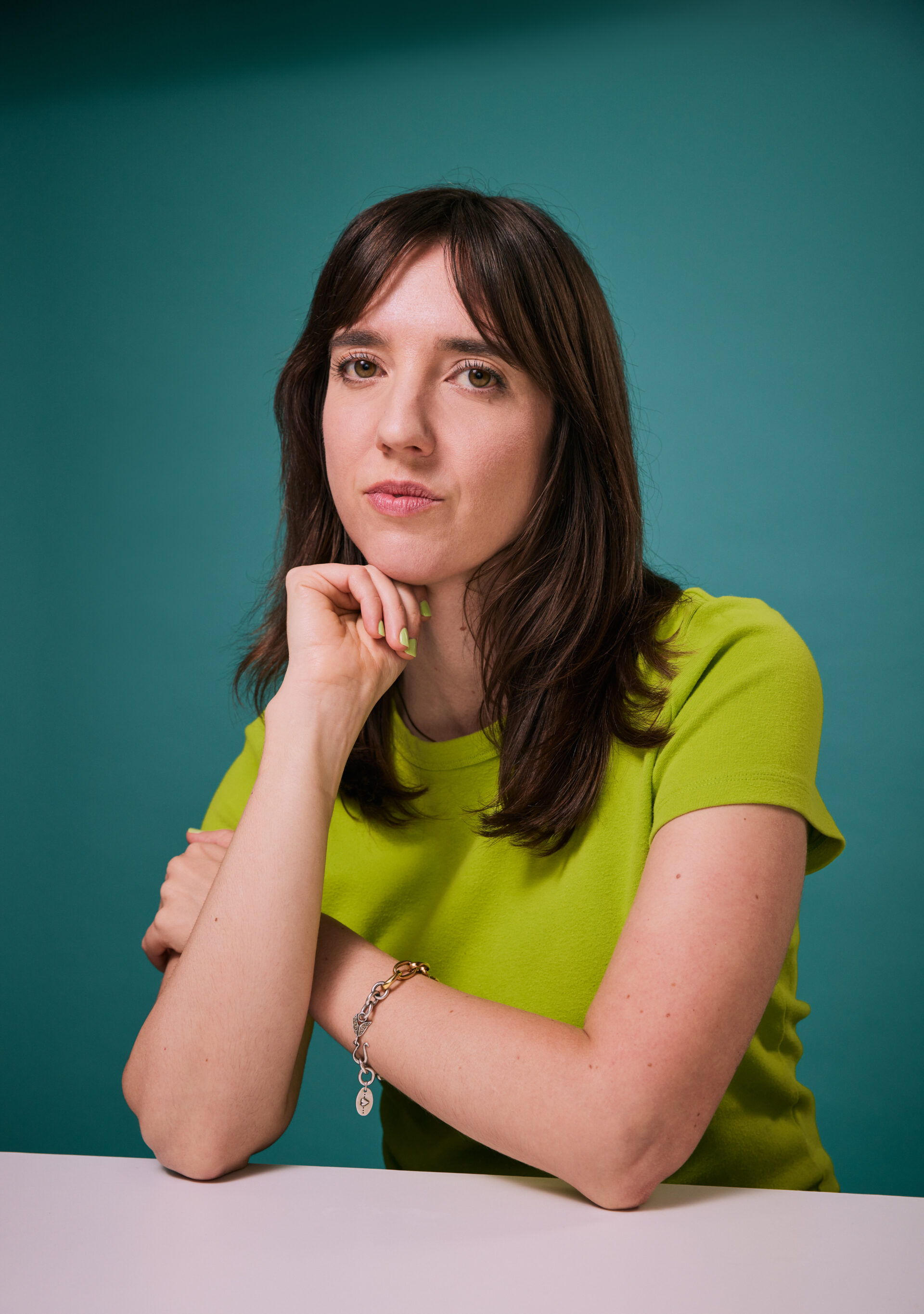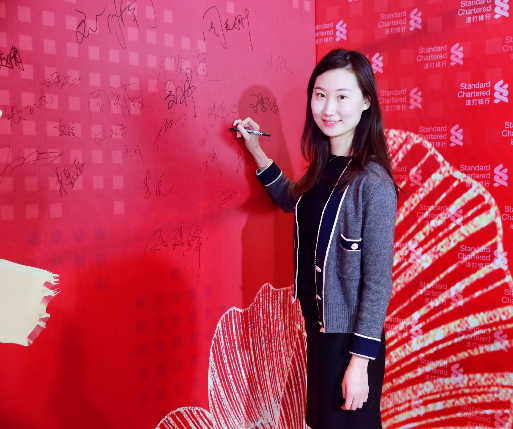By Elaine Patterson (Special Correspondent)
On a bright, dry afternoon in early summer, Li Wenze walked into the studio’s meeting room with a cup of black coffee in hand. Before he spoke a word, a multitrack project file was already projected onto the wall behind him—his meticulous attention to sound, evident down to the second.
“Sound effects aren't just background. They're characters, they're atmosphere, they’re the first threshold the audience crosses into a story,” said Li. He didn’t begin by talking about his accolades, but with a story from 2015, when he worked as a boom operator on the set of You Are My Sunshine. In a nearly wordless night scene, he had to capture subtle emotional cues through ambient sound. “Back then, I was just a part of the sound field,” he said calmly. “Only later did I learn how to command it.”
That was only the beginning of his sonic journey.
From Performer to Behind-the-Scenes Soundsmith
Li Wenze graduated from the Communication University of China with a major in music editing, later earning a master’s degree in Music Production and Sound Design for Visual Media from the Academy of Art University in San Francisco. At the time, Sino-American cultural exchange was on the rise, and Li chose to dive into a field where sound builds the world—film scoring and sound design.
“I used to oscillate between three roles: performer, sound engineer, and composer. It wasn't until I founded Bruce Music Studio that I realized those three identities could converge into one coherent creative logic.”
Today, the studio serves as the core base for both his creative work and teaching. Here, he composed the score for the award-winning short film Painted Lady, which received accolades at the Hollywood International Film Festival, and produced soundtracks for international films such as The Exit and Patrick, which have been featured in film festivals in Los Angeles, Barcelona, and beyond.
Music as More Than Auditory Art
“I’m not a fan of the term ‘background music’,” Li confessed. “It misleads audiences into thinking music is an optional accessory.”
In In a Kingdom by the Sea, for which he designed the sound, the film uses long takes and slow editing rhythms. He layered Chinese bamboo flute with Western strings to craft an “interwoven aural space of illusion and reality,” amplifying the protagonist’s inner loneliness. The film lasts only ten minutes, yet left a lasting impression on several juries.
“Film music isn’t there to ‘accompany’; it tells the story,” he said.
Li’s understanding of sound goes far beyond the technical. He often encourages students to define emotion through sound—“Sadness is a pipe organ, struggle is the scratch of plucked strings.” Through educational programs like ViBO Music School and Compasspoint Mentorship, he incorporates film scoring concepts into foundational strings and recording classes, making him one of the few instructors bringing cross-cultural music scoring ideas into K-12 and community education settings.
Reconstructing Narrative Through East-West Fusion
“I’m very cautious when using Chinese elements,” Li noted. “I never include them just for an ‘Eastern flavor’—I ask whether they truly serve the story.”
In the 2024 music video project Lady Lamarr, he boldly combined West African percussion with Han Chinese suona, processed through digital filters. “I wanted to experiment with a rhythmic syntax that breaks temporal boundaries.” The piece won a Silver Award at the Virgin Spring Cinefest and was recognized at the Kolkata International Music Video Awards in India.
When asked how he measures the impact of his work, Li smiled. “Sound doesn’t give you feedback in numbers. But if audiences can describe the rhythm and emotion of your piece without any visuals, that’s enough.”
Sound as Structure: The Educator's Pivot
“I care deeply about whether students understand why a piece of music is composed a certain way—not just whether they can get it technically right.” At Teeterpal Camp and ViBO School, Li runs hands-on film scoring classes that include AI-based editing simulations, noise masking challenges, and cross-cultural emotion mapping drills—tools that help students grasp the behavioral intent behind sound.
This philosophy also led him to serve as a judge. In 2018, he was invited to judge the Voice of UCSC music competition, evaluating entries based on both technical ability and narrative interpretation. Since then, he has participated in various creative mentorship and evaluation projects, becoming one of the few sound designers who can articulate the logic of scoring in educational language.
Epilogue: Let Sound Ask the Questions
“Music isn’t always about pleasing people-it’s sometimes a reminder. Sound can be a way of structuring the world.”
Before ending the interview, Li played a clip still in development: double bass textures, distant footsteps, and street recordings layered together. No melody, yet full of direction. It was a sonic sketch—part of his narrative method.
“I don’t want sound to stay in the background. I want it to become the space itself,” he said.
It’s a philosophy he has long followed—not standing at the front, nor retreating into the shadows, but quietly building a bridge for images, stories, and even memories through sound.
Popular News




Current News
Manufacturing

Collaboratively administrate empowered markets via plug-and-play networks. Dynamically procrastinate B2C users after installed base benefits. Dramatically visualize customer directed convergence without
Collaboratively administrate empowered markets via plug-and-play networks. Dynamically procrastinate B2C users after installed base benefits. Dramatically visualize customer directed convergence without revolutionary ROI.





About Us
Tech Photos
























